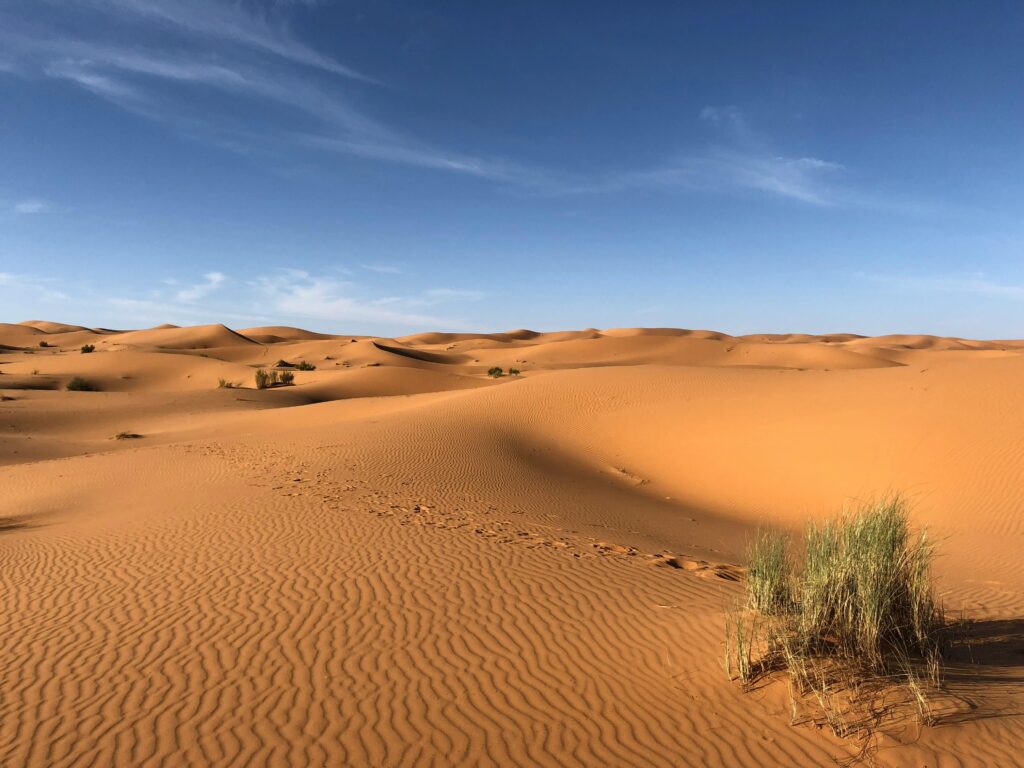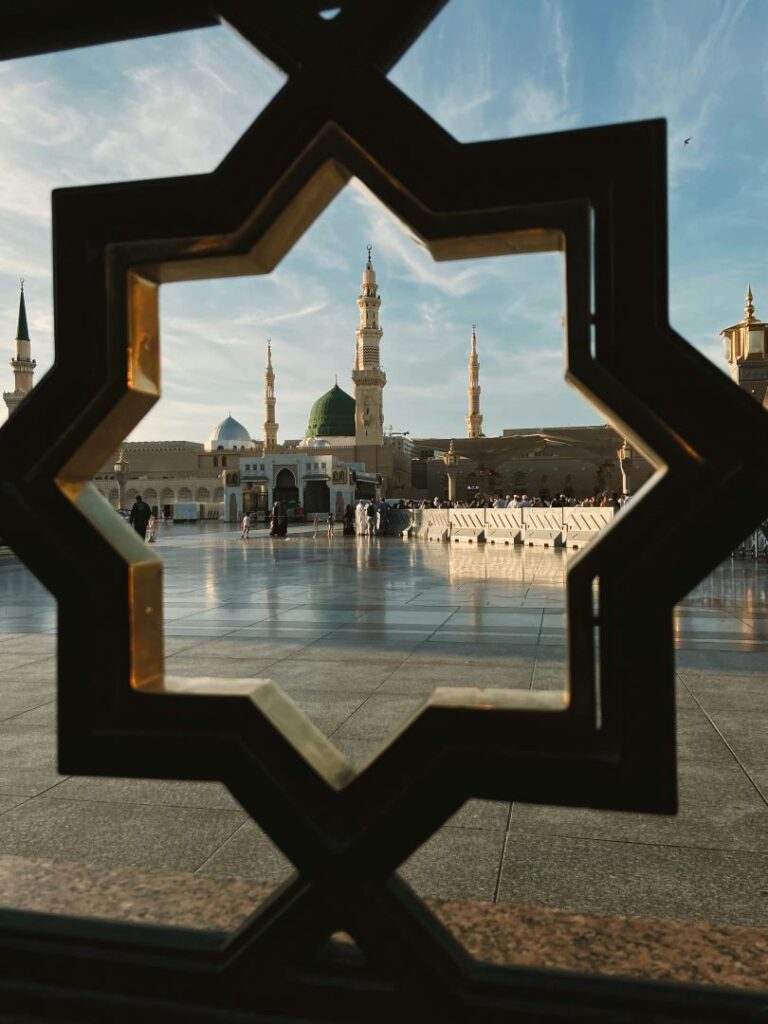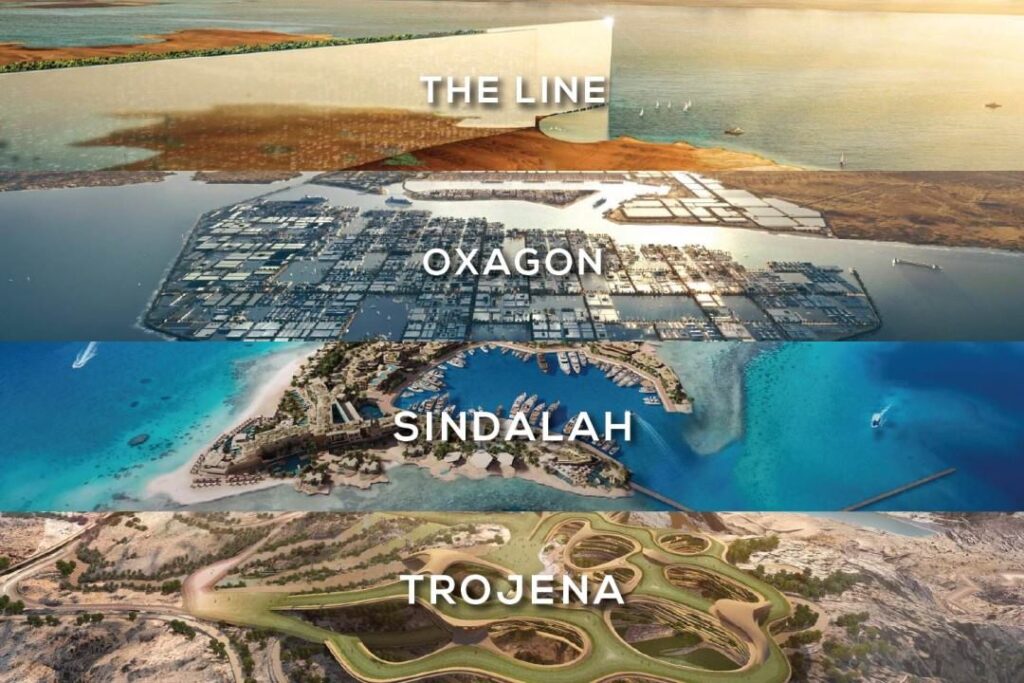As the world increasingly embraces renewable energy, Saudi Arabia has emerged as a leader in solar and wind power projects. While traditionally known for its vast oil reserves, the Kingdom is now positioning itself as a major player in sustainable energy. These developments are not only transforming its energy landscape but also helping the country meet ambitious environmental goals.
The Rise of Renewable Energy in Saudi Arabia
Vision 2030 and the Shift to Renewables
Saudi Arabia’s transition toward sustainable energy is largely driven by its Vision 2030 strategy. This national initiative aims to diversify the country’s economy, reducing its dependence on oil by fostering new industries, including renewable energy. Solar and wind power are at the heart of these efforts, as the Kingdom seeks to harness its natural resources—abundant sunshine and vast deserts—to become a global leader in clean energy.
Crown Prince Mohammed bin Salman’s vision sets ambitious targets, including generating 50% of the country’s electricity from renewable sources by 2030. This transition is part of Saudi Arabia’s broader goal to reduce carbon emissions and become more environmentally sustainable.
Major Solar Projects in the Saudi Desert
Saudi Arabia’s solar power projects have gained significant attention globally, particularly with the launch of the Sakaka Solar Power Plant in the Al-Jouf region. Operational since 2021, the 300 MW plant is part of a broader push toward solar energy in the country. It serves as a crucial step in Saudi Arabia’s goal to produce 58.7 GW of renewable energy by 2030.
Another groundbreaking initiative is the planned $5 billion solar farm in the Neom city project. Once completed, this will be one of the largest solar projects in the world, capable of producing up to 2 GW of solar energy. Neom’s integration of solar power into its futuristic infrastructure highlights Saudi Arabia’s commitment to sustainability and innovation.
Harnessing Wind Energy in the Red Sea Region
Saudi Arabia is not just focusing on solar power; wind energy is also playing a crucial role in the country’s renewable energy portfolio. The Dumat Al-Jandal Wind Farm, located in the northwestern region, is the Kingdom’s first large-scale wind project. With a capacity of 400 MW, this wind farm provides enough energy to power 72,000 households, reducing carbon emissions by nearly one million tons annually.
In addition to Dumat Al-Jandal, the country is exploring other wind energy projects, particularly along the Red Sea coast, where wind speeds are ideal for generating power. The expansion of wind energy in these regions is set to complement Saudi Arabia’s solar initiatives, creating a balanced and sustainable energy mix.
Overcoming Challenges in the Desert
Difficult environmental conditions
Building solar and wind farms in the desert presents unique challenges. Extreme heat, dust storms, and sand accumulation can reduce the efficiency of solar panels and wind turbines. To address these challenges, innovative solutions such as anti-dust coatings for solar panels and advanced maintenance technologies are being developed. Saudi Arabia’s commitment to overcoming these obstacles demonstrates its resolve to lead in the renewable energy sector.
Financial and Technological Investments
Another challenge is the significant investment required to develop these renewable energy projects. However, Saudi Arabia has attracted both local and international investors eager to support its transition to sustainable energy. The government has also partnered with global technology companies to ensure that the latest innovations in solar and wind energy are integrated into these projects.
The Future of Sustainable Energy in Saudi Arabia
Economic Impact
The rise of renewable energy in Saudi Arabia is not just an environmental initiative, it also has economic implications. By investing in solar and wind power, the Kingdom is creating new job opportunities in engineering, construction, and energy management. Moreover, these projects are expected to boost the local economy by fostering technological innovation and attracting foreign investment.
Leading the Middle East in Renewable Energy
Saudi Arabia’s renewable energy projects have positioned it as a leader in the Middle East’s shift toward sustainability. The country’s commitment to solar and wind power is inspiring other nations in the region to explore similar initiatives. As Saudi Arabia continues to develop its renewable energy infrastructure, it is setting a precedent for how oil-rich nations can transition to clean energy while maintaining economic growth.
Global Environmental Impact
On a global scale, Saudi Arabia’s efforts to reduce its carbon footprint by embracing renewable energy contribute to the global fight against climate change. By transitioning to solar and wind power, the Kingdom is taking concrete steps toward meeting international climate targets, including those outlined in the Paris Agreement.
Conclusion
Saudi Arabia’s push toward solar and wind energy marks a significant turning point for the Kingdom and the global energy landscape. Through ambitious projects such as the Sakaka Solar Power Plant and the Dumat Al-Jandal Wind Farm, the country is making progress in reducing its dependence on fossil fuels and embracing a more sustainable future.
Despite the challenges, Saudi Arabia’s investment in cutting-edge technology and renewable energy infrastructure underscores its commitment to environmental sustainability and economic diversification. As the Kingdom continues to lead in this area, its solar and wind power projects serve as a model for other countries seeking to transition to clean energy in the coming years.
Check our services in Saudi Arabia here.


